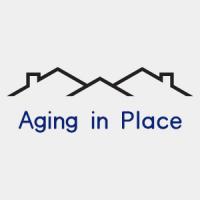
The Aging in Place study was developed to better understand whether, and under what circumstances, reverse mortgages might lead to increased financial security, well-being and independence in older age. Reverse mortgages can serve as a substantial source of supplemental income in retirement while enabling older homeowners to stay in their homes. However, reverse mortgages are complex and costly financial products and little is known about their appropriateness and longer term impact.
In partnership with Clearpoint Credit Counseling Solutions —also known as CredAbility—this study combined administrative data and survey data from households who had taken out reverse mortgages. The results were used to understand the financial challenges facing homeowners at or near retirement and the role that reverse mortgages may play in improving financial security and well-being. Ultimately, the goal was to inform policymakers when making future improvements to retirement and mortgage programs.
Aging in Place was funded by a grant from the John D. Catherine T. MacArthur Foundation.
Research Team
The study was led by Dr. Stephanie Moulton, Associate Professor with the John Glenn School of Public Affairs at The Ohio State University. OSU Co-Investigators were Donald Haurin, Professor Emeritus, Economics, and Caezilia Loibl, Associate Professor, College of Education and Human Ecology. The first wave of the study was conducted in 2013 with a second wave completed in 2017.
CHRR services used for Aging in Place:
- Survey Management
- Data Collection
- Data Security
- Data Administration
- IRB Coordination
Service descriptions can be found on CHRR's services page.
